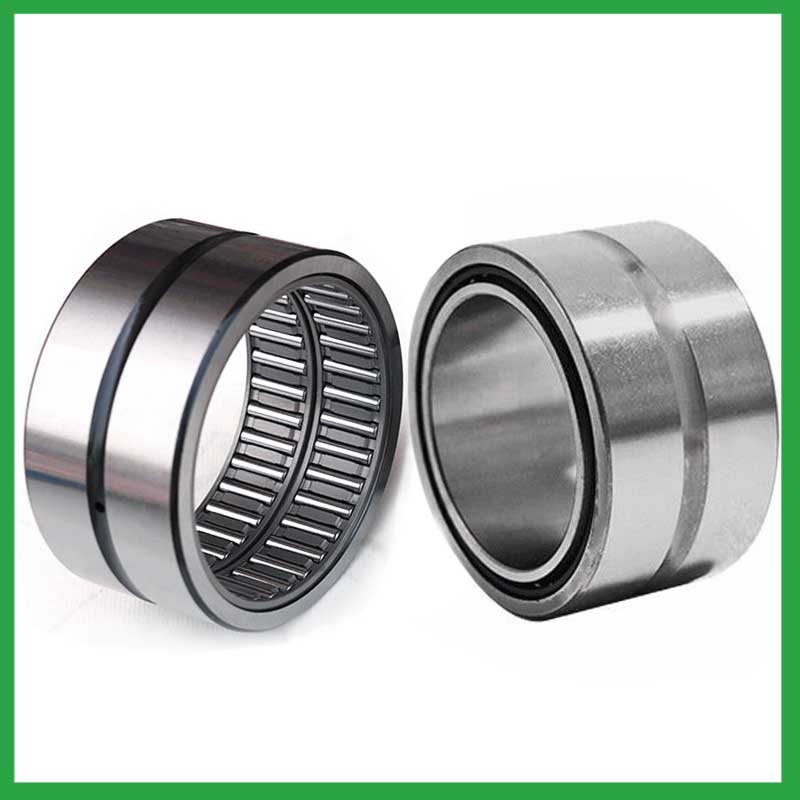PRODUCTS
CONTACT US
Ningbo Nide International Co., Ltd.
一一
· Contact person:Jack Zeng
· Mob/Whatspp/WeChat:0086-13738869026
· Email:emarketing@nide-group.com;marketing4@nide-group.com
· Add:No. 169, Wohushan Road, Daqi Subdistrict, Beilun District, Ningbo, China

Nide team could manufacture ball bearing as per customer’s drawing and samples.
If customer only has samples, we could also design drawing fo r our customer.
We also provide customized service.
Our ball bearing is widely applied the different industrials.
Ningbo Haishu Nide International is located in the beautiful sea shore city--Ningbo, taking the advantage of advanced industries hub, perfect supply chain and convenient transportation, and integrating professional team with rich motor manufacturing experience , we focus on supplying the Motor Components One Stop Sourcing Platform to our customers.
Our products include ball bearing,commutator,fan,motor cover and lamination,carbon brush,insulation paper,thermal protector,etc.Apart from these products, we also provide the service for the motor manufacturing technical consultant, project support and turn-key project.
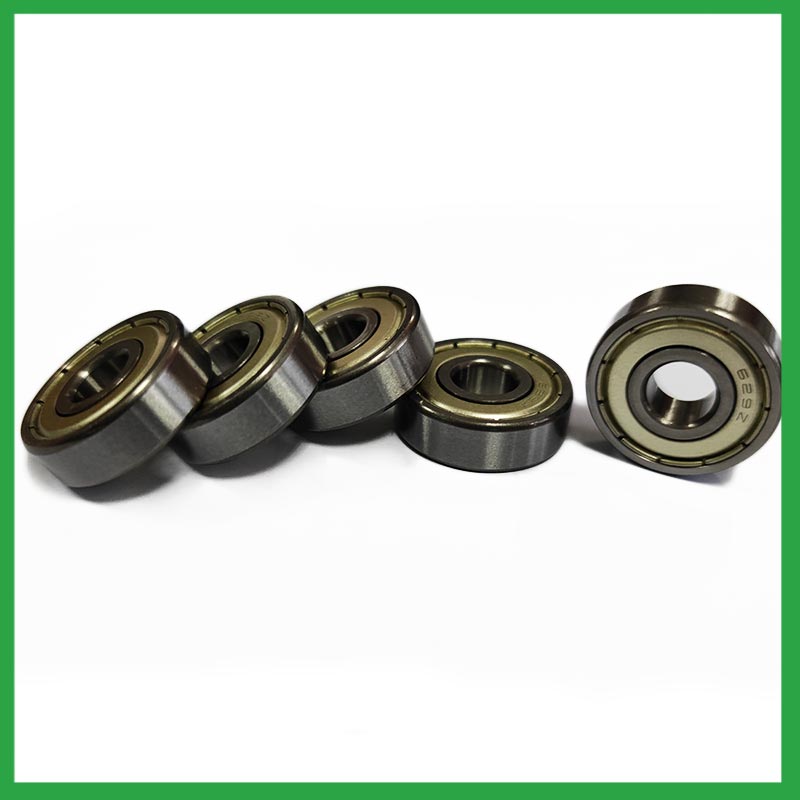
| Parameter | Information |
| Product Name | precision angular contact ball bearing |
| Brand Name | Nide |
| Place of Origin | China |
| Type | Ball |
| Material | ceramics, etc. |
| Sample | Avaible |
| Warranty | 3months-1year |
| Lubrication | Dry/ Oil |
| Application | various industrial equipment, etc. |
| Port | Ningbo/Shanghai |
| Size(mm) | customize |
| Export Country | Argentina,Brazil,South Korea,Paraguay,Sri Lanka,Uruguay,Pakistan,Togo...etc |
| Export region | Europe,Oceania,Africa... |
| Certification | ISO 9001 Certification,CE-stator coil forming machine,ISO9001:2015 certificate,etc |
| Precision Rating | as per customer's requirement |
| Feature | High precision,Simple structure...etc |
| Packaging Details | Suitable for sea transportation |
| Color | gray+customized |
| Seals Type | Rubber seals |
| Service | Prompt Delivery |
| Supply Ability | 100000-500000 Piece/Pieces per Month |
| Lead time (days) | 15-20 (To be negotiated) |
Please note: The above table data is for reference only. For specific information, please contact us.
The precision range of precision angular contact ball bearing is from ABEC7 to ABEC9, with a particle size of 0.3 μ m. Among them, ABEC9's ball bearings have the best precision range and are widely used in the electronics industry, precision measurement industry, and so on.
Before use, the model, size, and design of the ball bearing should be confirmed to ensure suitable application;
During installation, the installation load of the ball bearing should be minimized as much as possible to avoid unnecessary damage;
The bearing shaft and the bearing frame should be stable at the same time to avoid excessive tension.
Ball bearings have many advantages, making them highly competitive in the market.
Firstly, they are very durable and have good wear performance, making their service life longer than many other types of bearings.
Secondly, they are easy to install and can provide low friction performance in various applications.
Thirdly, they require a relatively low level of maintenance, making them cost-effective.
In addition, compared to many other types of bearings, their purchase cost is relatively low, making them an economical choice.




precision angular contact ball bearing---FAQs Guide
2.What are the standard sizes and dimensions of precision angular contact ball bearing?
3.How do preloaded precision angular contact ball bearing enhance rigidity and reduce clearance in high-precision applications?
4.What are the precision angular contact ball bearing product skill training options?
5.What are the considerations for choosing between open, shielded, or sealed precision angular contact ball bearing in specific applications?
6.How do cage designs affect precision angular contact ball bearing speed and acceleration capabilities in high-speed machinery?
7.Are there ceramic precision angular contact ball bearing designed for specific applications requiring high-temperature or corrosion resistance?
8.Can precision angular contact ball bearing operate in high-speed applications, and what design features make them suitable for such conditions?
9.How do manufacturers ensure the quality and reliability of precision angular contact ball bearing through material selection and precision machining?
10.What are the common materials used in precision angular contact ball bearing manufacturing?
11.Can precision angular contact ball bearing be used in both vertical and horizontal orientations?
12.How do manufacturers address concerns related to bearing noise and vibration in sensitive equipment?
13.Can precision angular contact ball bearing be customized with special coatings or treatments to meet specific industry standards or regulatory requirements?
14.How do different precision angular contact ball bearing designs, such as deep groove, angular contact, or thrust bearings, cater to specific applications?
15.What anti-corrosion coatings or treatments are available for precision angular contact ball bearing used in marine or outdoor applications?
16.What maintenance practices are recommended to extend the lifespan of precision angular contact ball bearing and prevent premature failure?
1.How do precision angular contact ball bearing handle radial loads, axial loads, and combined loads, and what are their load-carrying capacities?
The type of bearing used also varies between these loads. While deep-groove precision angular contact ball bearing are better equipped to handle radial loads, thrust ball bearings are designed for axial loads. However, it's essential to note that most bearings, such as angular contact ball bearings, can handle both radial and axial loads.The Bearing Static Capacity, Co, is the maximum load that can safely be applied to a non-rotating bearing that will not cause subsequent bearing operation to be impaired. It is based on calculated contact stress at the center of the most heavily loaded rolling element where it contacts the Inner Race.
2.What are the standard sizes and dimensions of precision angular contact ball bearing?
precision angular contact ball bearing size charts are widely available, and can be used to find the measurements of a specific bearing. Series 6200 and 6300 are the most commonly used, and typically range from 10 x 30 x 9 mm (. 394 x 1.181 x . 354 in) to 150 x 320 x 65 mm (5.906 x 12.598 x 2.559 in).
3.How do preloaded precision angular contact ball bearing enhance rigidity and reduce clearance in high-precision applications?
Enhance Rigidity: By applying a controlled axial force, preload increases the bearing's resistance to external forces and moments. This heightened rigidity is essential in applications where any deflection or misalignment must be minimized, such as in machine tools or robotic systems.
4.What are the precision angular contact ball bearing product skill training options?
Quality comes from being controlled rather than be done. On the basis of the escalating production equipment and optimized process, Nide spare no efforts and keeps improving for quality control. Quality assurance covered with system, technology and human resources are in full swing.
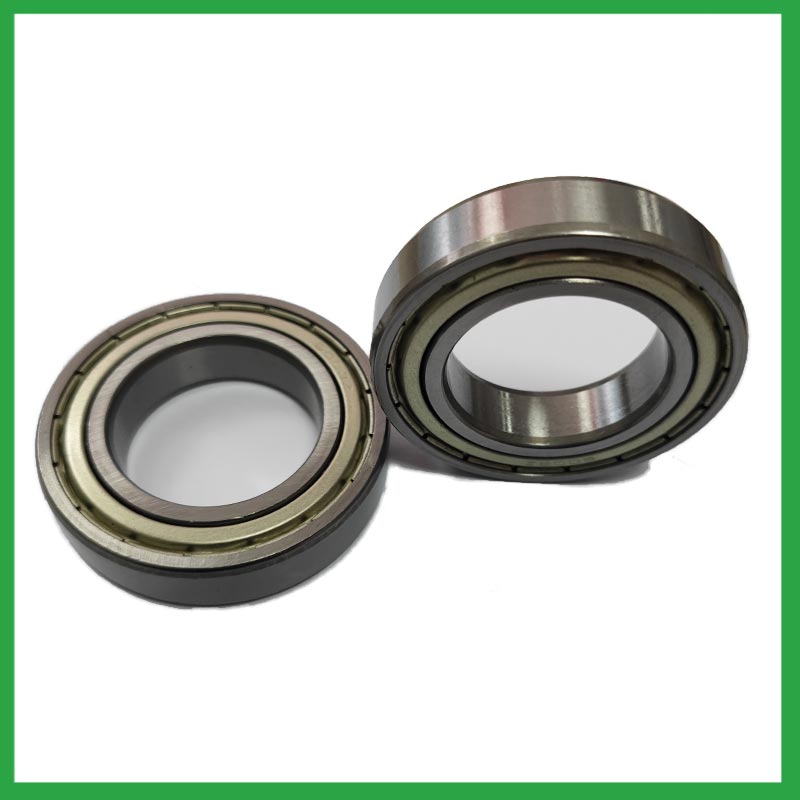
5.What are the considerations for choosing between open, shielded, or sealed precision angular contact ball bearing in specific applications?
While sealed bearings offer superior protection and maintenance advantages, shielded precision angular contact ball bearing can be more suitable in situations where minimal friction and operating temperature are crucial. It's essential to assess the operational environment and demands before making a selection.
6.How do cage designs affect precision angular contact ball bearing speed and acceleration capabilities in high-speed machinery?
In high-speed precision angular contact ball bearing, external load has a great effect on cage stability and sliding ratio, especially for the bearings at work in the starting process. The cage stability is worse in the beginning of the bearing starting process. The axial load greatly influences cage dynamic performance in the bearing starting process.
In addition, while ball bearings worked under steady conditions, axial load and radial load both have a great influence on cage dynamic performance. The effects of axial load on cage dynamic performance during the bearing starting process are opposite from the effects under steady conditions.
7.Are there ceramic precision angular contact ball bearing designed for specific applications requiring high-temperature or corrosion resistance?
Ceramic precision angular contact ball bearing are a special type of bearing made of ceramic materials, offering superior wear resistance, corrosion resistance, and high-temperature performance. They provide excellent performance in applications requiring high speeds, high temperatures, and resistance to corrosion.
8.Can precision angular contact ball bearing operate in high-speed applications, and what design features make them suitable for such conditions?
They have very low rolling friction and are optimized for low noise and low vibration. This makes them ideal for high-speed applications. precision angular contact ball bearing are comparatively easy to install and require minimal maintenance.
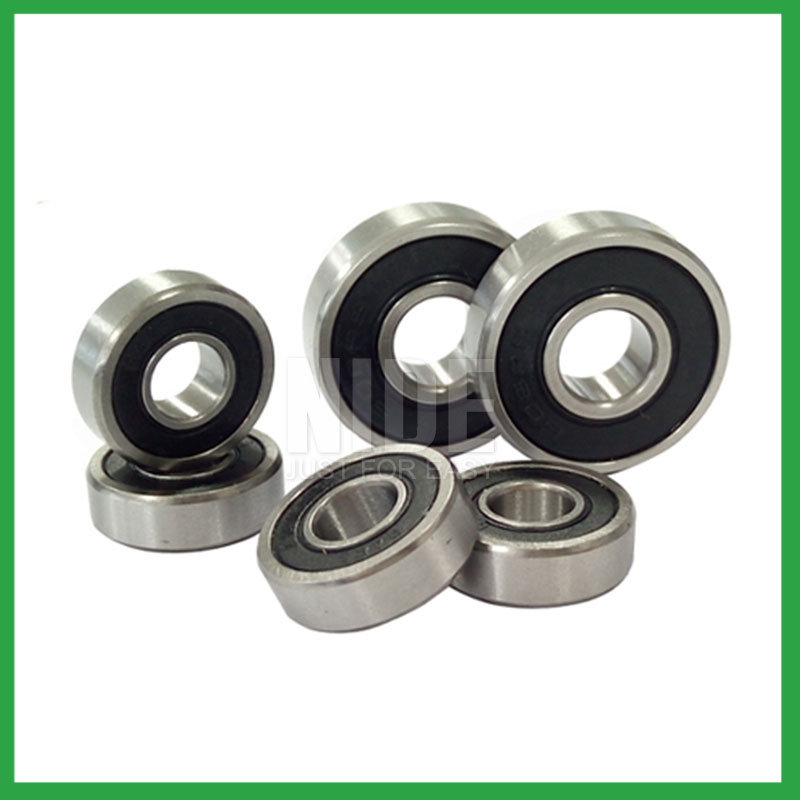
9.How do manufacturers ensure the quality and reliability of precision angular contact ball bearing through material selection and precision machining?
High-precision measuring instruments, such as micrometers and gauges, are used to check the dimensions of the rings and balls to ensure they meet tight tolerances. Surface Finish Inspection: Surface finish is assessed using profilometers to ensure the required smoothness and low friction characteristics.
10.What are the common materials used in precision angular contact ball bearing manufacturing?
Most precision angular contact ball bearing are made of a type of steel known as high carbon chromium steel, often called chrome steel. This is used for reasons of cost and durability. Bearings are also made from other materials such as stainless steel, ceramics and plastic.
11.Can precision angular contact ball bearing be used in both vertical and horizontal orientations?
Sleeve Bearings: Sleeve bearings, also known as plain bearings, employ a simple yet effective mechanism. A cylindrical sleeve separates the rotating shaft from the stationary portion of the bearing, reducing friction and enabling smooth rotation. Sleeve bearings are characterized by their quiet operation, cost-effectiveness, and suitability for horizontal mounting orientations.
Ball Bearings: Ball bearings introduce small metal balls between the moving parts, providing enhanced durability and reduced friction. This design allows for smoother and more efficient rotation, making ball bearings well-suited for high-performance applications and vertical installations.
12.How do manufacturers address concerns related to bearing noise and vibration in sensitive equipment?
From a precision angular contact ball bearing manufacturing perspective, a low noise or vibration rating is achieved by paying attention to the surface finish of the raceways and balls, their roundness, and selecting the correct cage design. Finely filtered low noise greases can also be used to reduce vibrations.
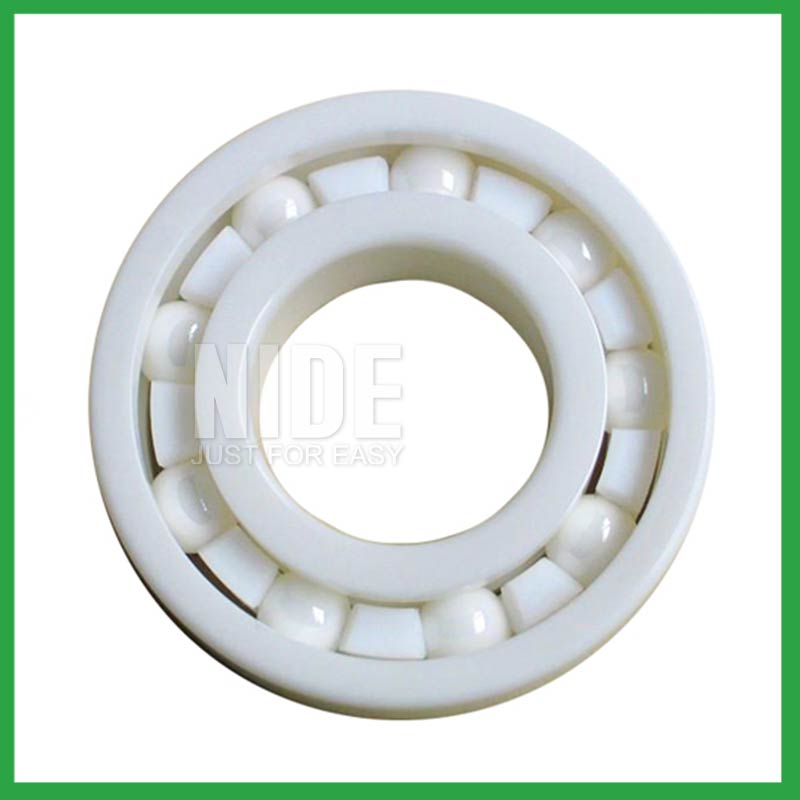
13.Can precision angular contact ball bearing be customized with special coatings or treatments to meet specific industry standards or regulatory requirements?
Yes, precision angular contact ball bearing can be customized with special coatings or treatments to meet specific industry standards or regulatory requirements.
1. Corrosion-resistant coatings: These coatings are used to protect the bearings from corrosion caused by exposure to moisture, chemicals, and other corrosive substances.
2. High-temperature coatings: These coatings are used to improve the thermal stability and performance of bearings in high-temperature environments.
3. Food-grade coatings: These coatings are specially designed for applications in the food and beverage industry, where bearings come into contact with food, beverage, or pharmaceutical products.
4. Anti-static and non-conductive coatings: These coatings are used to dissipate static electricity, which can cause damage to electronic components.
5. Specialized lubrication treatments: Bearings can be treated with specialized lubricants that meet specific industry standards or regulatory requirements.
14.How do different precision angular contact ball bearing designs, such as deep groove, angular contact, or thrust bearings, cater to specific applications?
Deep groove precision angular contact ball bearing: Deep groove ball bearings are the most common type. They can handle both radial and axial loads. Angular contact ball bearings: Angular contact ball bearings have higher than average internal axial clearance. They can handle axial loads in one direction and moderate radial loads.
15.What anti-corrosion coatings or treatments are available for precision angular contact ball bearing used in marine or outdoor applications?
Corrosion Resistant Coatings.Whether precision angular contact ball bearing are manufactured from stainless steel or from chrome, anti-corrosion coatings can be applied. Compared to the natural state of the base metal, these coatings make surfaces less chemically reactive. In their selection of treatments or coatings, some industries choose to consult with the manufacturer of the bearings they use. This is because surface engineering is a highly specialized undertaking. These coatings used for their anti-corrosion properties to protect bearings in harsh environments include the following:Passivation (of stainless steel),Carbide and titanium nitride,Galvanized zinc,Nickel plating,Cadmium plating,TDC (thin dense chrome).
16.What maintenance practices are recommended to extend the lifespan of precision angular contact ball bearing and prevent premature failure?
Proper handling and installation of precision angular contact ball bearing is essential to preventing premature failure. Ensure that bearings are stored and transported in a clean, dry, and vibration-free environment. During installation, ensure that bearings are properly aligned, and torque is applied correctly.
